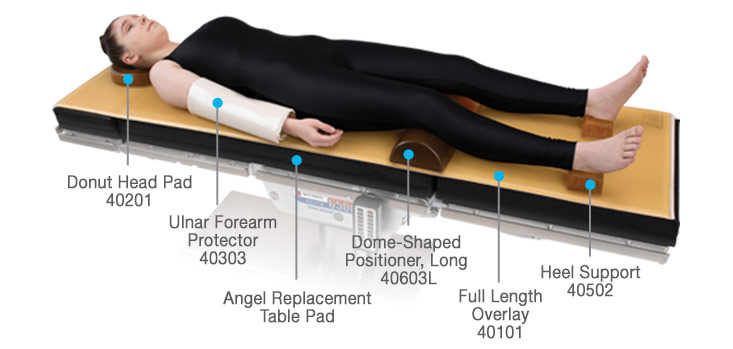
Last time we talked about the Hospital Acquired Pressure Injury (HAPI) and the unnecessary cost, pain and suffering that can accompany them. Perioperative pressure injuries are real, as Spector, Limcangco, Owens and Steiner (2016) point out, perioperative pressure injuries can increase the cost of surgery-related hospital stays by an estimated 44% and may add approximately $1.3 billion annually to health care costs in the United States. What is worse than that is the mortality rates are 11.2% higher for inpatients who develop a HAPI and 15.3% higher for inpatients who develop a HAPI within 30 days of discharge (Lyder, Wang, Metersky, et al. 2012). In the last blog, we shared some risk mitigation strategies and interventions that could be implemented within the preop phase of care. Today, we will move into that interop phase of care where extrinsic factors like laying surface, position, temperature management and length of surgery have been shown to increase the risk for pressure injuries (Munro 2010).
Perioperative Pressure injury prevention starts with communication between the preop and the OR. When the circulating nurse comes to the preop bay to pick up the patient, the preop nurse reports that the patient has been identified as high risk for skin injury. This communication ensures that the OR nurse implements interventions to protect the patient. Once the patient has been transferred to the operating room the communication continues during the time-out. The team will agree that the patient is at high risk and the interventions will be discussed and agreed upon. Although surgical cases are all different, there are some standard skin injury prevention interventions that can be used for all.
Standard operating room skin injury preventions include, silicone dressings on bony prominences, which reduce friction and shear, intraoperative micromovements every 2-3 hours, to relieve pressure and normothermia interventions that maintain patients core temperature.
Verbalizing all these interventions during the time out and then reflecting on them during the debriefing will decrease the risk for an interoperative skin injury. Next time we will discuss how to protect your patient from a perioperative skin injury through Post Anesthesia Care Unit to the inpatient floor.
Lyder CH, Wang Y, Metersky M, et al. Hospital-acquired pressure ulcers: results from the national
Medicare Patient Safety Monitoring System study. J Am Geriatr Soc. 2012;60(9):1603‐1608.

